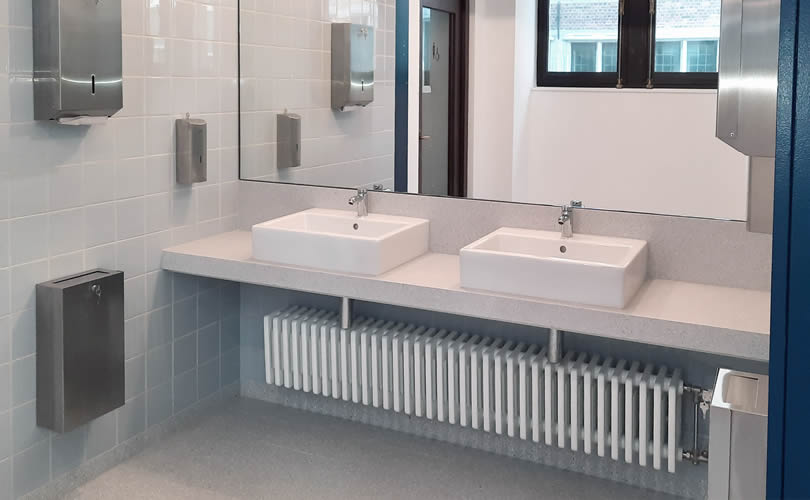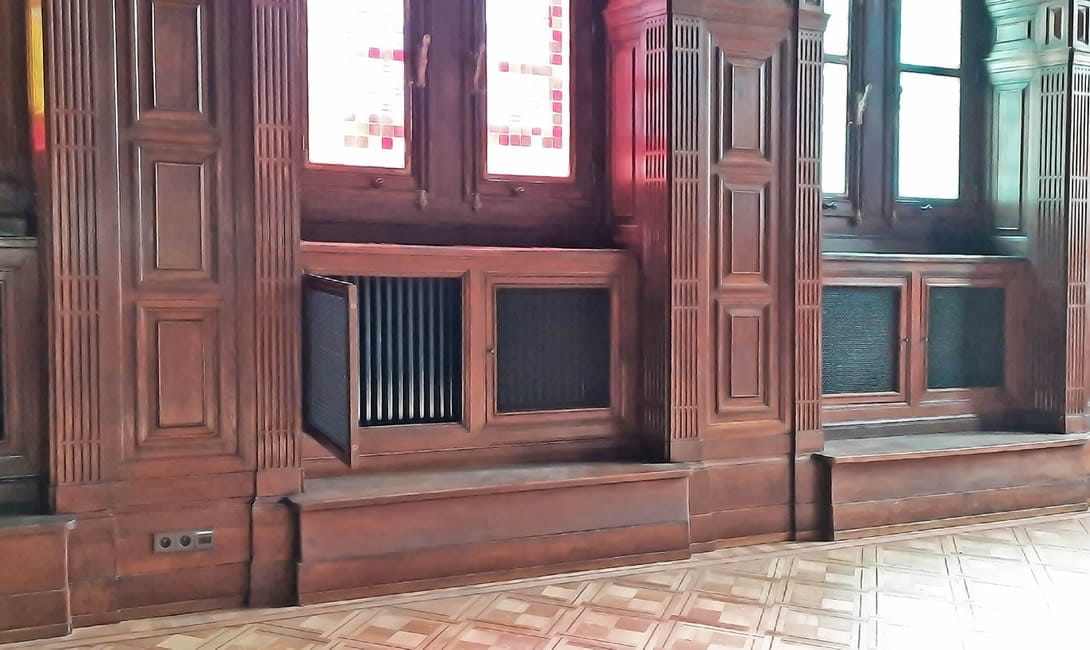- Public building
- Renovation
- Radiators
- References
Sustainable renovation for Antwerp city hall
455 years after it first opened, Antwerp city hall has been restored to its former glory. Although the preservation of the building’s heritage value was prioritised, the renovation also focussed on sustainability to ensure the city hall is ready for the future. To this end, energy-saving measures such as new glazing and a roof renovation were combined with a reworking of the HVAC system. An operation to which we were happy to contribute.
Sustainable future for neo-renaissance monument
The last major renovation of the city hall dates back to the 19th century, when the substantial changes brought the building largely into the shape we know today. However, the building no longer met the current needs of the citizens and city administration, so a new restauration was due. The mission of this operation was to turn the city hall into a contemporary and open house of governance situated in a sustainable and future-proof building.Challenge
The renovation of the historical building took a total of 4 years, during which surprises and unforeseen circumstances such as archaeological findings and the Covid pandemic added to the challenge of restoring a protected monument that’s classified as Unesco World Heritage Site. However, the multidisciplinary design team ‘Huis van de Stad’ and building company Group Monument were able to keep the entire project on track, supported by various professionals in their specific field of expertise.HVAC and sanitary applications
HVAC specialist EQUANS - Thermoco Antwerp was engaged to realise the sanitary and heating installations, including new radiators. “The original radiators were 80-year old cast iron radiators that were very heavy and hard to handle. For the renovation the architect and city administration requested new modern radiators with a classic look to match the style and décor of the building”, says Philip Teysen, Project Manager at EQUANS. In consultation with the project service of wholesaler FACQ and Radson Account Manager Christophe Raes, the Delta column radiator ranked as the best solution. This elegant radiator combines modern heating technology with a traditional architecture and significantly reduces heat up times compared to the old radiators.Modern meets traditional
No less than 70 Delta radiators were installed throughout the building. Philip Teysen clarifies: “For the sanitary cores and hallways 59 white (RAL9016) Delta radiators were supplied and installed in plain sight. These were complimented by 11 Delta radiators in glossy anthracite (RAL7021) in the stairwells and landing. This particular colour was chosen for an optimal integration of the modern radiators in the traditional city hall interior. On top of that, the coloured radiators were hidden behind a semi-transparent panelling or benches so that they could blend in more naturally.” 
As the city hall required radiators on every floor and in very different places, the Delta radiator was installed in all available shapes and sizes. Both vertical and horizontal, long and short, wide and small, each connection got a fitting radiator.

